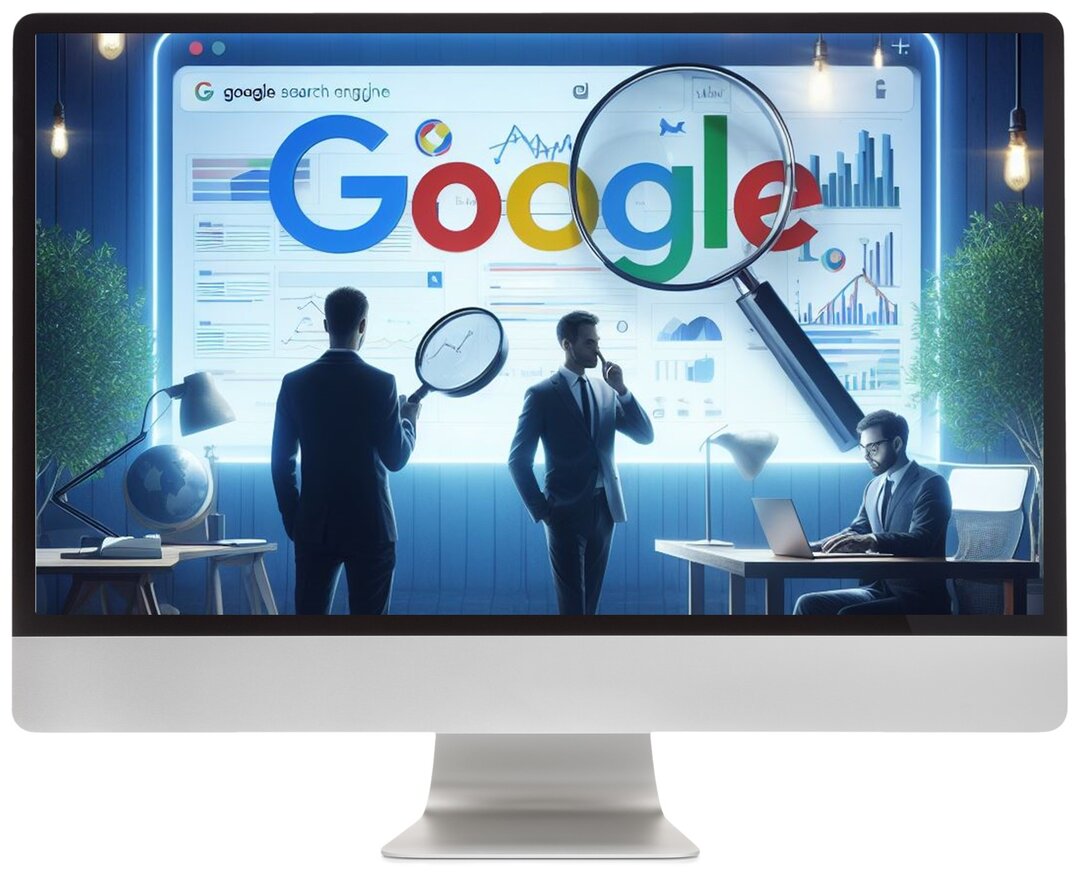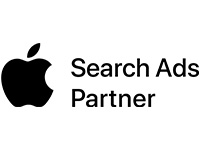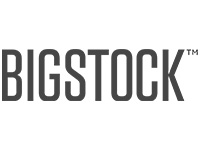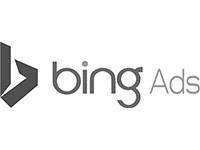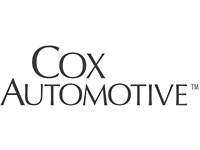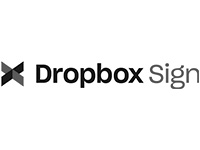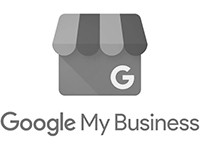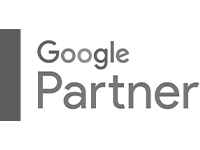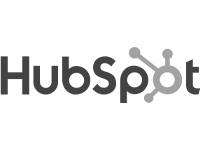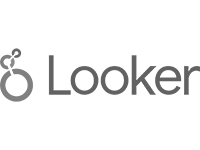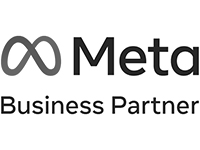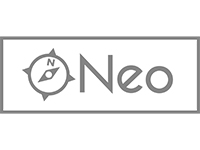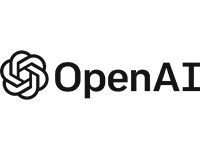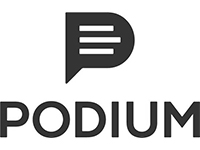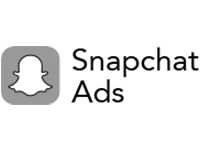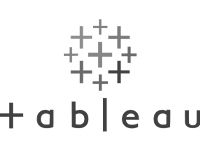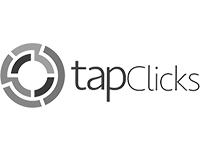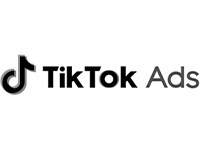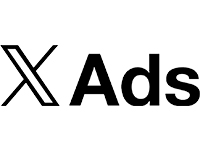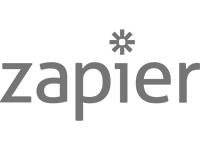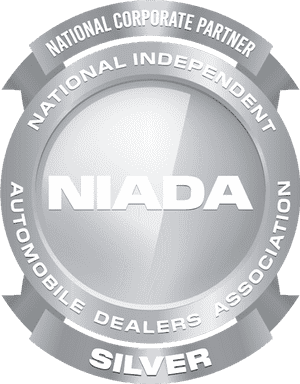Understand Your Audience and Keywords
Research Keywords: Use tools like Google Keyword Planner to find keywords that your potential customers are using to search for products or services similar to yours.
Understand Intent: Differentiate between informational, navigational, and transactional search queries to tailor your content and ads.
Optimize Your Website for SEO
Website Structure: Ensure your website is structured in a way that search engines can easily crawl and index your content.
On-Page SEO: Optimize title tags, meta descriptions, headers, and content with targeted keywords.
Content Quality: Publish high-quality, relevant content that answers the questions and meets the needs of your target audience.
Mobile-Friendly: Make sure your site is responsive and provides a good user experience on mobile devices.
Speed Optimization: Improve your website’s loading speed to enhance user experience and support your SEO efforts.
Utilize Google Ads for SEM
Set Up Google Ads Account: Start by creating a Google Ads account and setting up your first campaign.
Create Campaigns: Choose the 'Search Network' campaign type to show your ads in Google’s search results. Define your campaign goals, such as driving website visits or increasing conversions.
Targeting and Bidding: Select your target audience based on demographics, location, and the devices they use. Decide on a bidding strategy based on your budget and objectives.
Ad Creation: Write compelling ad copy that includes your keywords and a clear call-to-action (CTA). Use ad extensions to provide additional information and improve click-through rates.
Monitor and Optimize: Regularly review your campaign performance. Adjust bids, refine targeting, and tweak ad copy based on the data to improve your return on investment (ROI).
Engage in Local SEO (For Local Dealers)
Google My Business: Claim and optimize your Google My Business listing to appear in local search results and on Google Maps.
Local Keywords: Include location-based keywords in your website and content.
Collect Reviews: Encourage satisfied customers to leave positive reviews on your Google My Business profile.
Analyze and Adapt
Google Analytics: Use Google Analytics to track website traffic, user behavior, and conversion rates. This data can help you understand the effectiveness of your SEO and SEM efforts.
Continuous Optimization & Improvement: SEO and SEM are ongoing processes. Keep up with industry trends, algorithm updates, and new tools to continually refine your strategies.
By combining SEO and SEM, you can effectively use Google's search engine for marketing to improve your online presence, attract more targeted traffic, and drive conversions. It’s crucial to stay patient and persistent, as building visibility and achieving significant results takes time.
Example: Promoting a Sedan Model Using Google Ads
Keyword Selection: The auto dealer identifies relevant keywords potential buyers might use when searching for vehicles, such as "new sedans near me" or "fuel-efficient family cars."
Ad Creation: Using Google Ads, the dealer creates compelling text ads that highlight key selling points of the sedan, such as its fuel efficiency, safety features, and special financing offers. The ads are designed to grab the attention of people searching for related terms.
Bidding: The dealer sets a bid for how much they are willing to pay each time someone clicks on their ad. This is part of Google Ads' pay-per-click (PPC) model.
Targeting: The dealer can refine their ad campaign by targeting specific geographic locations, times of day, and even types of devices. This ensures the ads are shown to the most relevant audience.
Ad Placement: When a user searches Google using terms related to the dealer’s selected keywords, the ad has the chance to appear above or beside the organic search results. Its placement is determined by factors including the relevance of the ad to the search query, the bid amount, and the ad's click-through rate (CTR).
Results and Optimization: The dealer monitors the performance of their ads through Google Ads’ analytics, assessing metrics such as impressions, clicks, and conversion rates. This data allows for continuous optimization of the campaign to improve results, whether by adjusting bid amounts, refining keywords, or tweaking ad copy.
Through SEM and specifically Google Ads, automotive dealers can effectively reach potential customers at the very moment they are searching for vehicles or automotive services. This targeted approach makes SEM an invaluable tool for driving traffic, generating leads, and ultimately, selling cars.
SEM (Search Engine Marketing)
Definition: SEM refers to the use of paid advertising to increase a website’s visibility on search engine results pages (SERPs). It’s often associated with pay-per-click (PPC) advertising, where businesses bid on keywords to have their ads appear alongside search results for those terms.
Speed: SEM can generate immediate visibility and traffic, making it a quick way to promote specific vehicles, deals, or events.
Control: With SEM, you have more control over the message and positioning of your advertisement. It allows for precise targeting based on demographics, location, device, and more.
Cost: SEM involves a direct cost for each click or impression your ad receives, requiring an ongoing budget to maintain visibility.
SEO (Search Engine Optimization)
Definition: SEO involves optimizing a website’s content and structure to improve its ranking in organic (non-paid) search engine results. This includes using relevant keywords, enhancing site speed, and ensuring the site is mobile-friendly, among other tactics.
Longevity: The effects of SEO are more gradual but can provide sustained traffic growth and visibility over time without the direct costs associated with SEM.
Credibility: High rankings in organic search results can enhance a dealership’s credibility and attract more qualified traffic, as users often trust organic search results more than paid ads.
Complexity: SEO requires a deep understanding of search engine algorithms and user behavior, and it may take longer to see results from these efforts.
SEM vs. SEO: Complementary Strategies
While SEM offers immediate visibility and targeted reach, SEO builds a strong, organic online presence that can attract and retain customers in the long term. For automotive dealers, leveraging both SEM and SEO in harmony can maximize online exposure, drive traffic, and increase sales opportunities. Utilizing SEM for quick wins and promotions, alongside a solid SEO foundation for enduring visibility, creates a balanced approach to search engine marketing.
Immediate Visibility: SEM offers automotive dealers a quick way to gain visibility on Google, especially for competitive keywords where organic ranking might take time.
Targeted Advertising: Dealers can target potential customers precisely at the moment they're searching for vehicles or automotive services, increasing the likelihood of conversion.
Cost Control: Google Ads allows for complete control over advertising budgets, with options to set daily limits and only pay when someone clicks on your ad.
Measurable ROI: Every aspect of a Google Ads campaign is measurable, from the number of clicks and impressions to conversions and ROI, enabling dealers to understand exactly what they're getting from their investment.


